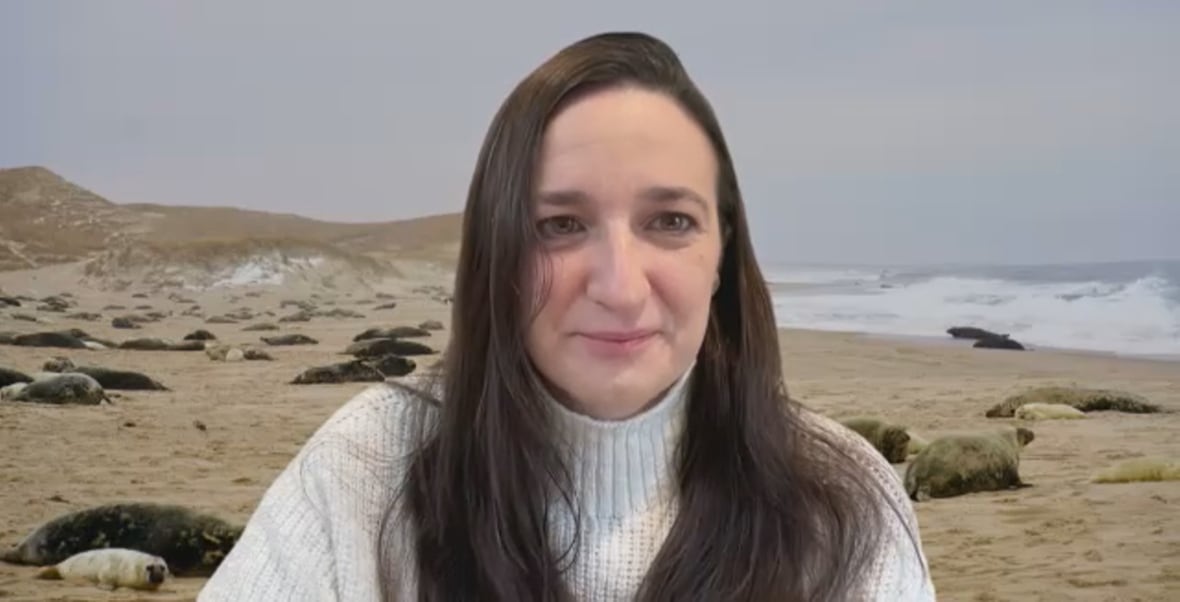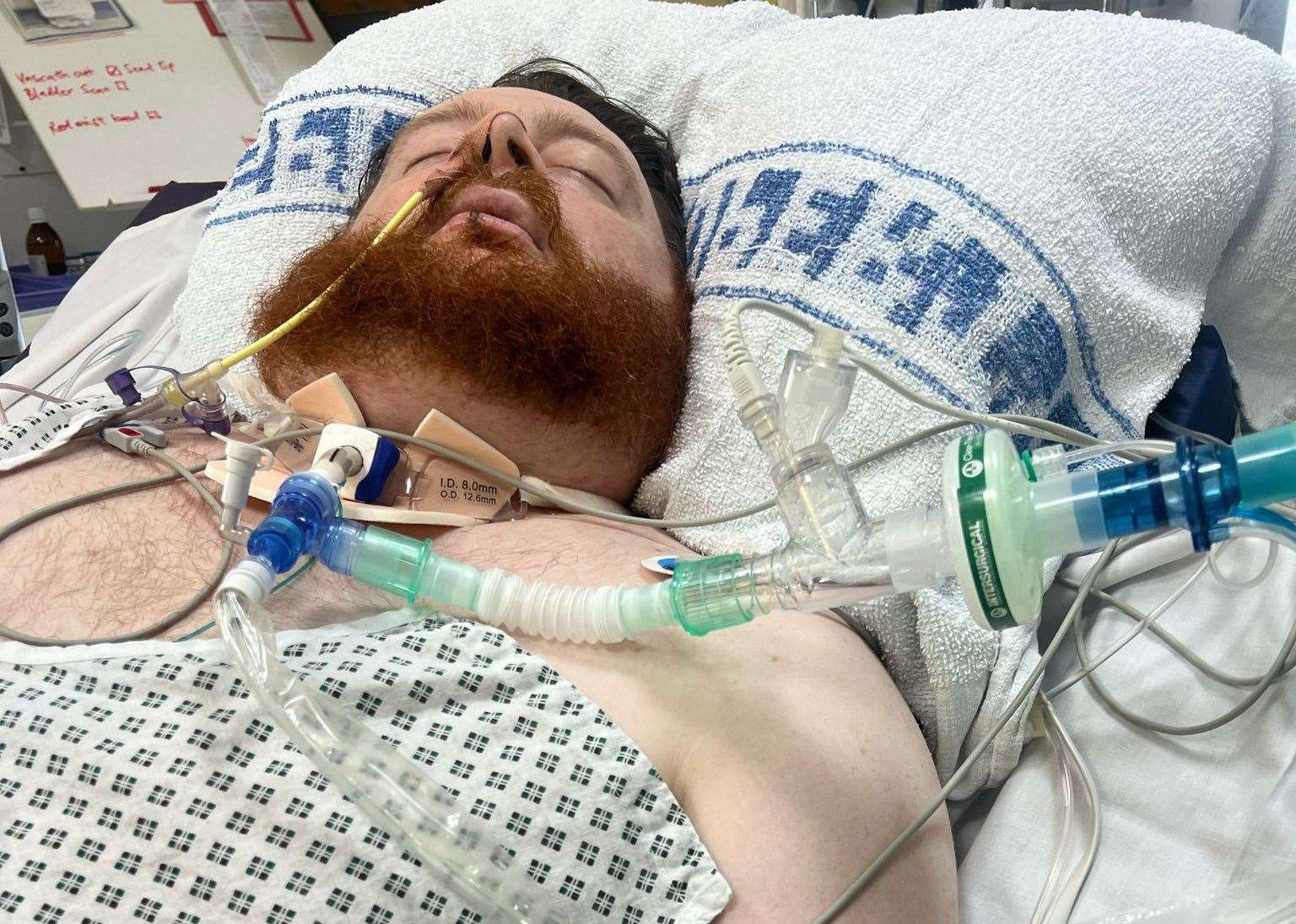Researchers are trying to unlock the mystery of how grey seal pups on Sable Island develop the capacity to survive their first year.
After all, the odds are very much against these cute, furry blobs.
Up to about 400,000 grey seals gather on the tiny sandbar about 300 kilometres southeast of Halifax every winter to mate and give birth to pups.
The pups don’t get long-term parental love after they’re born. Their mothers nurse them for only two to three weeks, and they don’t get swimming, diving or hunting tips before they’re left to their own devices.

“Mom splits and pup has to figure out how to make a living all on its own,” says Michelle Shero, a marine biologist with the Woods Hole Oceanographic Institution in Massachusetts. “It’s really incredible they do that.”
Perhaps unsurprisingly, an estimated 90 per cent of grey seal pups on Sable Island die during their first year, likely due to the large population and stiff competition for limited food.
“We start to see the impacts of that pretty early on in pups because they’re just not as good divers and as good at getting food as the adults.”
Monitors track heart rate, activity
Shero has conducted a pilot project using Fitbit-style monitors to track the baby seals’ health and development.
“Humans are really interested in Fitbits tracking their steps, their heart rates, their sleep cycles to track their health. And so it’s the same idea with those seals.”
The monitors measure the seals’ heart rates, the time in between the heartbeats, and can take a full EKG reading. They are also equipped with an accelerometer to track movement of the pups so researchers know when the baby seal is at rest or on the go.

“We’re trying to see how they’re using their energy, how healthy they are, how they’re developing once mom weans them and how they’re preparing to make a living in the ocean,” Shero said.
The pilot project monitored six pups who are up to about a month old, before they began swimming.
Once seals take to the water, they need to know how to hold their breath, use their oxygen stores slowly and slow their heart rate so they can dive for longer periods.
“Understanding who’s going to be surviving out there, what gives pups the edge to sustain these populations is going to be really important,” Shero said.
Improvement on previous methods
When asked to help develop a monitor that could withstand being attached to a 60-kilogram animal that drags itself through sand and snow in the dead of winter on a remote island in the North Atlantic, Woods Hole Oceanographic Institute engineer Ben Weiss stepped up.
“The major challenge was just trying to both meet the needs of the seals and the researchers, if you will — trying to make this something that was minimally intrusive on the seal itself, while also making the features something that are going to be easy to put together in the field,” Weiss said.

The heart rate monitors were purchased, and Weiss 3D printed a tiny backpack and a set of electrode holders in order to adapt it for use on seals. The backpack helped protect the monitor from both the elements and the curious seal pups.
The animals are sedated while the monitors are glued to their skin, and are easily snipped off when their job is done.
The monitors have enough battery power and memory to last for up to nine days, and are an improvement on previous models, which either had to be surgically implanted below the blubber or monitored by someone standing nearby to receive data in real time, Shero said.

“People have been trying to figure out the best way to measure this for a long time. And so the technology has gotten better and better. This is something that’s really widely applicable to a wide range of species,” said Shero.
She hopes to expand this year’s pilot project next year by placing monitors on more pups and also on their mothers to help understand the mothers’ investment in their pups and how well the pups use the energy provided.
#Seal #Fitbits #aim #understand #pups #survive #Sable #Island










Leave a Reply